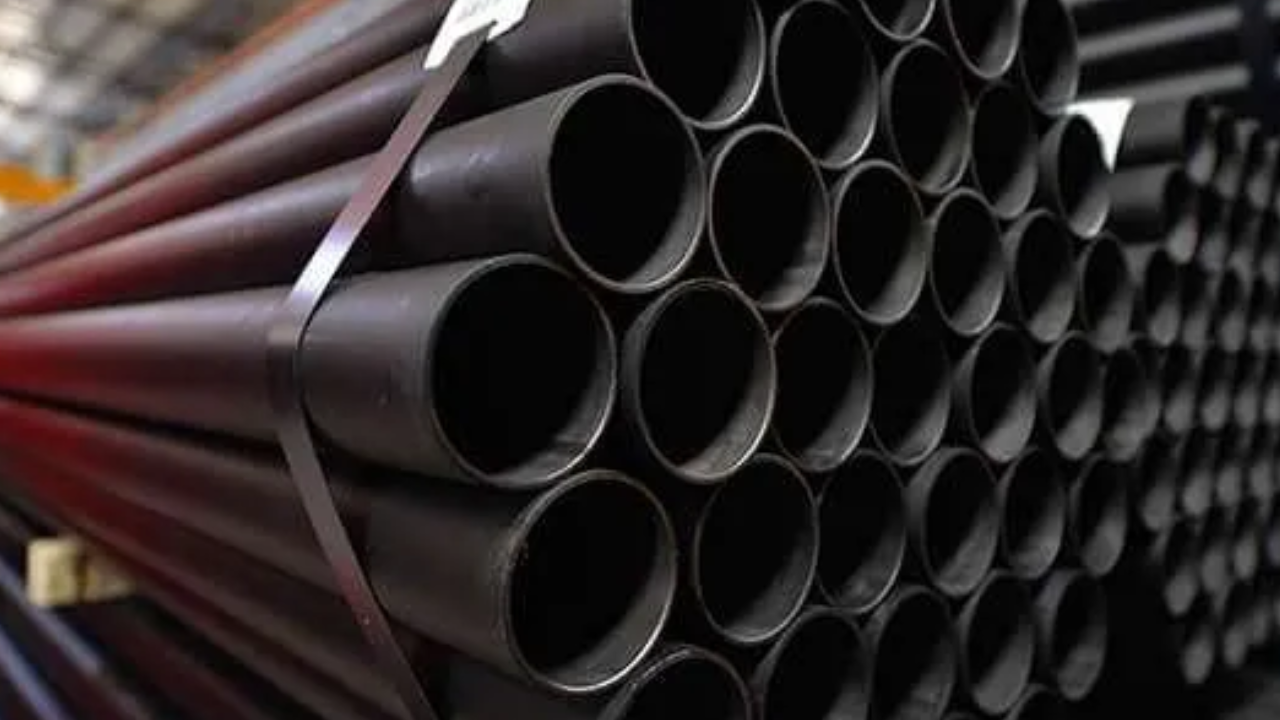Steel might be a versatile surface utilized over a gigantic number of businesses, each requiring particular properties to meet the requests of unmistakable applications. Among the different sorts of steel, a53 vs a106 are commonly utilized for their uncommon characteristics. Understanding the chemical composition of these steels is basic for selecting the right texture for a given application. This article bounced into the essential contrasts interior the chemical composition between A53 and A106 steel, investigating their particular alloying components and the proposals for their execution.
Comparative Examination of Chemical Composition: ASTM A53 vs. ASTM A106 Steel
ASTM A53 and A106 steels separate in a common sense in their chemical compositions, affecting their fittingness for assorted applications. A106 steel highlights higher carbon substance and stricter limits on phosphorus and sulfur, advancing its quality and high-temperature execution. At that point once more, A53 steel, with lower carbon substance and higher sensible phosphorus and sulfur levels, is predominantly suited for general-purpose utilization. These compositional contrasts coordinate their specific applications in crucial versus high-pressure, high-temperature circumstances.
Chart of ASTM A53 Steel
ASTM A53 steel can be a standard assurance for a pipe that's utilized in both high-temperature and high-pressure applications. The chemical composition of A53 steel is laid out to supply incredible weldability and resistance to disintegration and scaling. Routinely, A53 steel is categorized into three grades: A, B, and C, with Audit B being the first commonly utilized. The composition of A53 steel on a very basic level consolidates carbon, manganese, phosphorus, sulfur, and, in many cases, silicon.
For Survey A53, the carbon substance ranges from 0.25% to 0.29%, manganese from 0.60% to 0.90%, and phosphorus and sulfur each at a most prominent of 0.05%. The silicon substance can be up to 0.10%, showing disdain toward the truth that it is as often as possible insignificant. This composition ensures that A53 steel gives an alteration of quality and ductility, making it suitable for a combination of applications, checking essential and pressure-containing components.
Diagram of ASTM A106 Steel
ASTM A106 steel, on the other hand, is specially arranged for high-temperature advantage. It is commonly utilized inside the manufacturing of channels that transport fluids in businesses such as oil and gas, and control period. A106 steel to boot is known for its marvelous mechanical properties at lifted temperatures. Its chemical composition consolidates carbon, manganese, phosphorus, sulfur, and silicon, but with imperceptibly particular ranges compared to A53 steel.
Silicon substance is more frequently than not limited to a most extraordinary of 0.10%. This composition is custom fitted to update the steel as execution underneath high-temperature conditions, contributing to its quality and resistance to warm extend.
Key Contrasts in Carbon Substance
One of the preeminent basic contrasts between A53 and A106 steel is the carbon substance. A106 steel contains the next carbon substance compared to A53 steel. This higher carbon substance in A106 steel contributes to extended malleable quality and hardness, which are basic for high-temperature applications. In separate, A53 steel highlights a lower carbon substance, making it more fitting for lower temperature and weight applications where tall quality isn't as fundamental.
Silicon Substance and Its Suggestions
Silicon is a critical component that can affect the quality and disintegration resistance of steel. In both A53 and A106 steels, silicon substance is modestly moo, with a most extreme of 0.10%. Be that because it may, A106 steelâÂÂs silicon substance is for the foremost portion closer to this upper control. Silicon makes a contrast move forward the steelâÂÂ's resistance to oxidation and makes strides in its quality at all temperatures. In this way, the possibly higher silicon substance in A106 steel contributes to its fittingness for high-temperature advantage, while A53 steelâÂÂ's lower silicon substance alters with its utilize in less asking circumstances.
Influence on Mechanical Properties
The contrasts in chemical composition between A53 and A106 steel result in assortments in their mechanical properties. A106 steel, with its higher carbon substance and lower levels of phosphorus and sulfur, appears overwhelmingly malleable quality and hardness compared to A53 steel. These properties make A106 steel more fitting for applications counting tall weights and temperatures, such as in control plants and oil refineries. On the other hand, A53 steel, with its lower carbon substance and to some degree higher passable levels of phosphorus and sulfur, is way better suited for general-purpose applications where uncommon conditions are not a basic concern.
Conclusion
In conclusion, the chemical compositions of ASTM A53 and ASTM A106 steels reflect their anticipated applications and execution characteristics. A106 steelâÂÂ's higher carbon substance and stricter limits on phosphorus and sumakemakes it idealized for high-temperature and high-pressure circumstances, giving updated quality and sturdiness. On the other hand, A53 steel, with its lower carbon substance and higher acceptable levels of phosphorus and sulfur, is sketched out for less-asking applications where weldability and common quality are key thoughts. Understanding these compositional contrasts is essential for selecting reasonable steel for specific applications, ensuring perfect execution and life span in their particular businesses.


